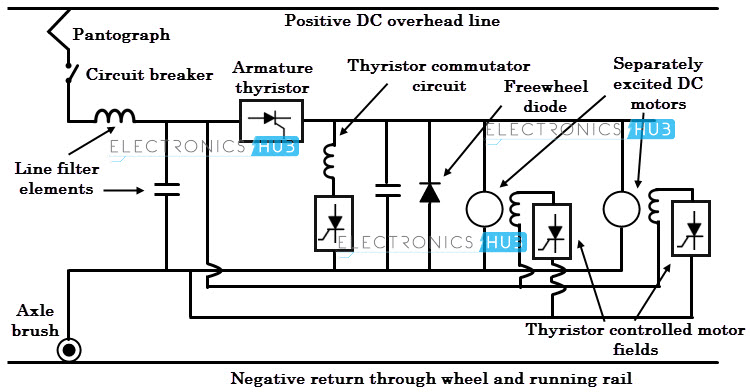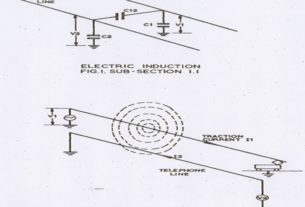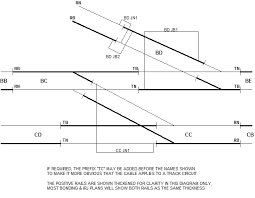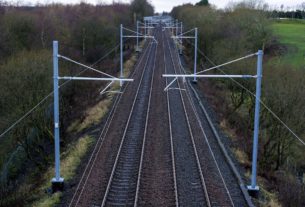Return paths for Traction current (and suppression at source)
1. Current is collected from the OLE by the train pantograph and taken to the training equipment.
2. Having passed through equipment on train, current passes through axles and wheels of the traction unit to the running rails.
3. Current is returned to the feeder Station either by traction return running rails which are connected to Feeder station with cables or by return conductors.
4. Part of the current is returned to the Feeder station through the general mass of the earth.
5. Decision on whether to use rail return or return conductors has historically been determined by the susceptibility of nearby Telecom cables to inductive interference.
Rail return
1. Simplest return path provided for traction current is “rail return”.
2. One rail of each track is normally designated as “traction return rail”. On plain track it is normally rail nearest the cess.
3. In areas of complex arrangements traction return rail changes in order to meet track circuit arrangements but by cross bonding a continuous path must be maintained throughout.
Return conductors
1. Additional conductor that carries traction return current in antiphase to current in the catenary and the net electromagnetic effect on lineside telecommunication cables is reduced.
2. Reduction is of the order of 45%.
3. RCs provide an alternative path for return traction current and the percentage of current flowing in these is dependent upon the impedance of this path compared with return rail/earth path impedance.




Simple explanation and easy to understand
thanks